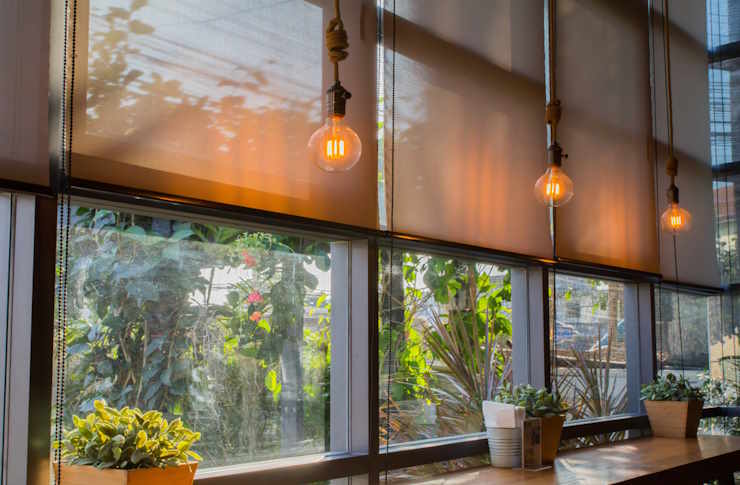Title: Micro-Apartments: Maximizing Urban Living in Minimal Space
The urban housing landscape is evolving rapidly, with micro-apartments emerging as a novel solution to combat rising rents and shrinking availability in city centers. These compact living spaces, typically under 400 square feet, are reshaping how city dwellers perceive home and challenging traditional notions of space utilization. As property prices soar and urban populations grow, micro-apartments offer an intriguing blend of affordability, location, and minimalist living that's catching the attention of both renters and investors.

These compact dwellings are designed to maximize every square inch, often featuring convertible furniture, smart storage solutions, and multi-functional spaces. While the average American apartment spans about 941 square feet, micro-units can be as small as 150 square feet in some cities.
The appeal of micro-apartments lies in their ability to offer affordable housing options in prime urban locations. For young professionals, students, and those prioritizing experiences over possessions, these spaces provide an opportunity to live in the heart of the city without breaking the bank.
Design Innovation: Making the Most of Minimal Space
Architects and interior designers are at the forefront of the micro-apartment revolution, pushing the boundaries of spatial efficiency. The key to successful micro-living lies in intelligent design that transforms limitations into opportunities for creativity.
Many micro-apartments feature Murphy beds that fold into walls, creating living areas during the day. Kitchens are often compact, with miniature appliances and multi-purpose countertops that can serve as dining tables or workspaces. Some units incorporate loft beds to maximize vertical space, while others use sliding partitions to create flexible room configurations.
Technology plays a crucial role in enhancing livability. Smart home systems can control lighting, temperature, and even adjust furniture positions, making these small spaces feel more expansive and adaptable to various needs throughout the day.
Economic Implications for Real Estate Investors
From an investment perspective, micro-apartments present an intriguing opportunity. The higher density of units per building can potentially lead to greater returns per square foot compared to traditional apartment complexes. In cities with high land costs, this efficiency can translate into attractive profit margins.
However, investors must carefully consider local regulations, which can vary significantly. Some cities have minimum size requirements for residential units or restrictions on the number of micro-apartments allowed in a building. Understanding these regulations is crucial before embarking on a micro-apartment development or investment.
The rental market for micro-units tends to be dynamic, with higher turnover rates compared to conventional apartments. This can lead to increased management costs but also allows for more frequent rent adjustments to match market conditions. Investors should factor in these operational considerations when evaluating micro-apartment opportunities.
Impact on Urban Development and City Planning
The proliferation of micro-apartments is influencing urban development strategies and challenging traditional zoning laws. Cities grappling with housing shortages are reassessing regulations to accommodate these innovative living spaces while ensuring safety and livability standards are met.
Proponents argue that micro-apartments can help alleviate housing crises by increasing density without drastically altering neighborhood character. They can also contribute to more sustainable urban living by reducing per-capita energy consumption and promoting the use of public transportation and shared amenities.
Critics, however, raise concerns about the long-term effects on community well-being and social cohesion. There are questions about whether micro-living is suitable for families or conducive to building lasting neighborhood connections. City planners must balance these considerations with the pressing need for affordable urban housing options.
The Future of Micro-Apartments: Trends and Predictions
As the micro-apartment trend continues to evolve, several key developments are shaping its future:
-
Community-Centric Design: Newer micro-apartment buildings are incorporating more shared spaces, from co-working areas to communal kitchens, fostering a sense of community among residents.
-
Sustainability Focus: Many micro-apartments are being designed with eco-friendly features, such as energy-efficient appliances and green building materials, appealing to environmentally conscious renters.
-
Flexible Lease Terms: To accommodate the mobile lifestyles of many micro-apartment dwellers, some properties are offering more flexible leasing options, including short-term and furnished rentals.
-
Integration with Mixed-Use Developments: Micro-apartments are increasingly being incorporated into larger mixed-use projects, creating self-contained urban ecosystems where residents can live, work, and socialize.
-
Technological Advancements: Continued innovations in smart home technology and space-saving furniture are likely to further enhance the livability of micro-units.
As urban populations continue to grow and housing affordability remains a pressing issue, micro-apartments are poised to play an increasingly significant role in the real estate landscape. For investors, developers, and city planners, understanding the nuances of this trend will be crucial in navigating the future of urban housing markets.
While not a universal solution to housing challenges, micro-apartments represent a creative approach to urban living that balances affordability with location. As this segment of the real estate market matures, it will be fascinating to see how it shapes the future of our cities and redefines the concept of home for a new generation of urban dwellers.





